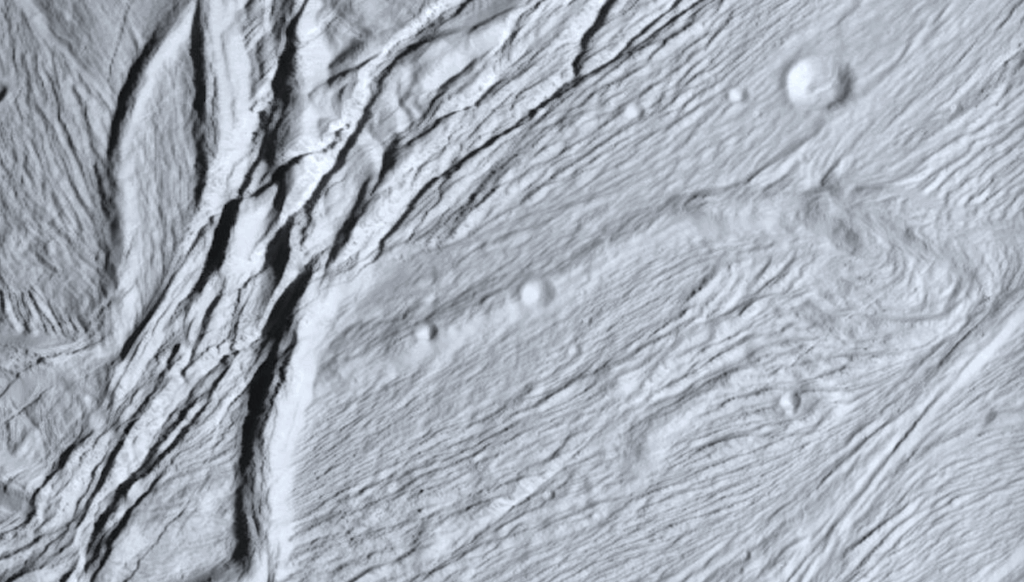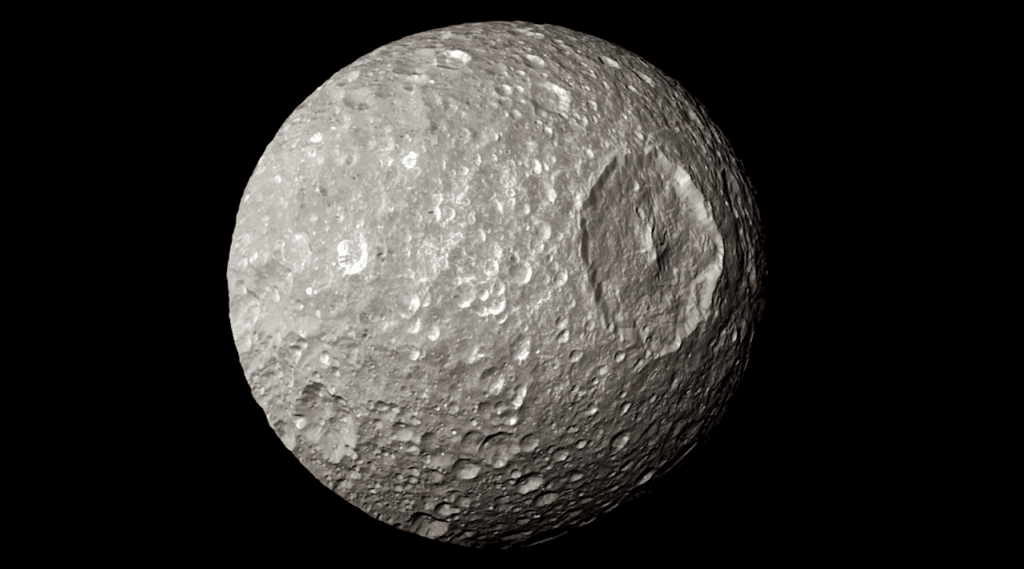Moonraker: Enceladus Multiple Flyby Mission

Enceladus, an icy moon of Saturn, possesses an internal water ocean and jets expelling ocean material into space. Cassini investigations indicated that the subsurface ocean could be a habitable environment having a complex interaction with the rocky core.
Further investigation of the composition of the plume formed by the jets is necessary to fully understand the ocean, its potential habitability, and what it tells us about Enceladus’ origin. Moonraker has been proposed as an ESA M-class mission designed to orbit Saturn and perform multiple flybys of Enceladus, focusing on traversals of the plume.
The proposed Moonraker mission consists of an ESA-provided platform, with strong heritage from JUICE and Mars Sample Return, and carrying a suite of instruments dedicated to plume and surface analysis. The nominal Moonraker mission has a duration of 13.5 years. It includes a 23-flyby segment with 189 days allocated for the science phase, and can be expanded with additional segments if resources allow.
The mission concept consists in investigating: i) the habitability conditions of present-day Enceladus and its internal ocean, ii) the mechanisms at play for the communication between the internal ocean and the surface of the South Polar Terrain, and iii) the formation conditions of the moon. Moonraker, thanks to state-of-the-art instruments representing a significant improvement over Cassini’s payload, would quantify the abundance of key species in the plume, isotopic ratios, and physical parameters of the plume and the surface. Such a mission would pave the way for a possible future landed mission.
O. Mousis, A. Bouquet, Y. Langevin, N. André, H. Boithias, G. Durry, F. Faye, P. Hartogh, J. Helbert, L. Iess, S. Kempf, A. Masters, F. Postberg, J.-B. Renard, P. Vernazza, A. Vorburger, P. Wurz, D.H. Atkinson, S. Barabash, M. Berthomier, J. Brucato, M. Cable, J. Carter, S. Cazaux, A. Coustenis, G. Danger, V. Dehant, T. Fornaro, P. Garnier, T. Gautier, O. Groussin, L.Z. Hadid, J.-C. Ize, I. Kolmasova, J.-P. Lebreton, S. Le Maistre, E. Lellouch, J.I. Lunine, K.E. Mandt, Z. Martins, D. Mimoun, Q. Nenon, G.M. Munõz Caro, P. Rannou, H. Rauer, P. Schmitt-Kopplin, A. Schneeberger, M. Simons, K. Stephan, T. Van Hoolst, J. Vaverka, M. Wieser, L. Wörner
Comments: Accepted for publication in The Planetary Science Journal
Subjects: Earth and Planetary Astrophysics (astro-ph.EP); Instrumentation and Methods for Astrophysics (astro-ph.IM)
Cite as: arXiv:2211.00721 [astro-ph.EP] (or arXiv:2211.00721v1 [astro-ph.EP] for this version)
https://doi.org/10.48550/arXiv.2211.00721
Focus to learn more
Submission history
From: Olivier Mousis
[v1] Tue, 1 Nov 2022 19:48:24 UTC (1,451 KB)
https://arxiv.org/abs/2211.00721
Astrobiology








